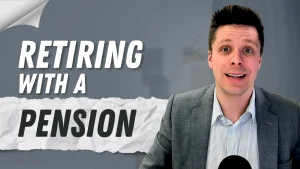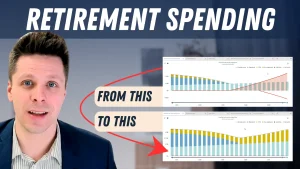[vc_row css=”.vc_custom_1612380408194{padding-top: 20px !important;padding-bottom: 20px !important;}”][vc_column][vc_video link=”https://youtu.be/cq382duYkg4″ css=”.vc_custom_1695255725576{padding-top: 20px !important;padding-bottom: 20px !important;}”][vc_column_text css=”.vc_custom_1695255865879{padding-top: 20px !important;padding-bottom: 20px !important;}”]Don’t miss out on this RRSP conversation opportunity. See how Crystal missed out on 3 years of tax-free RRSP withdrawals.[/vc_column_text][/vc_column][/vc_row]





